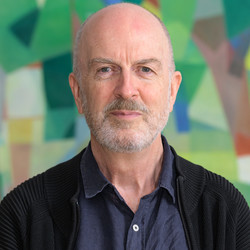Commentary
B.
Bulletin
New Zealand's leading
gallery magazine
Latest Issue
B.21701 Sep 2024
Contributors

Commentary
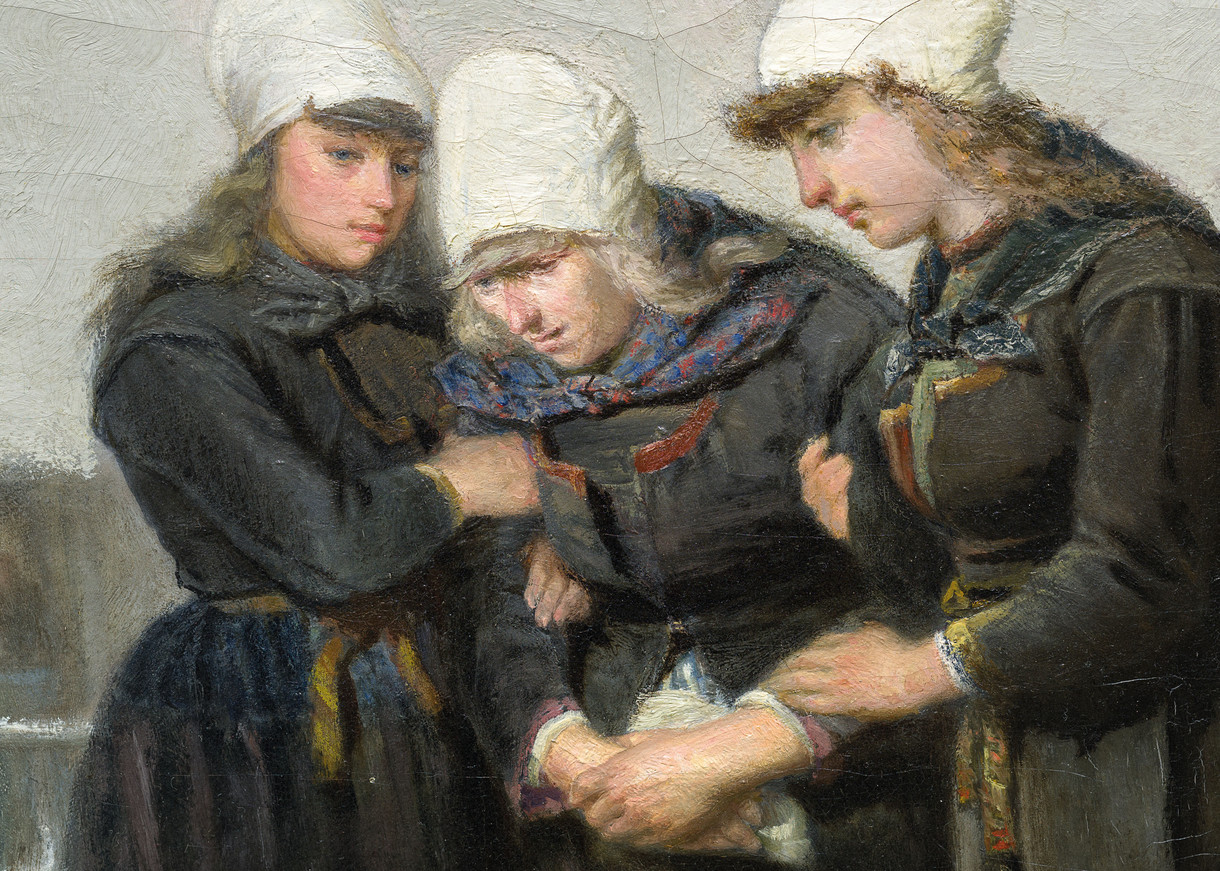
Something’s Missing
It’s among the best-loved paintings in the Gallery’s collection, celebrated for the connections and conversations it generates between different generations. People who, as children, encountered Petrus van der Velden’s Burial in the winter on the island of Marken [The Dutch Funeral] (1872) in the neoclassical spaces of the old Robert McDougall Art Gallery now bring their own grandchildren to Te Puna o Waiwhetū to see it.
Commentary
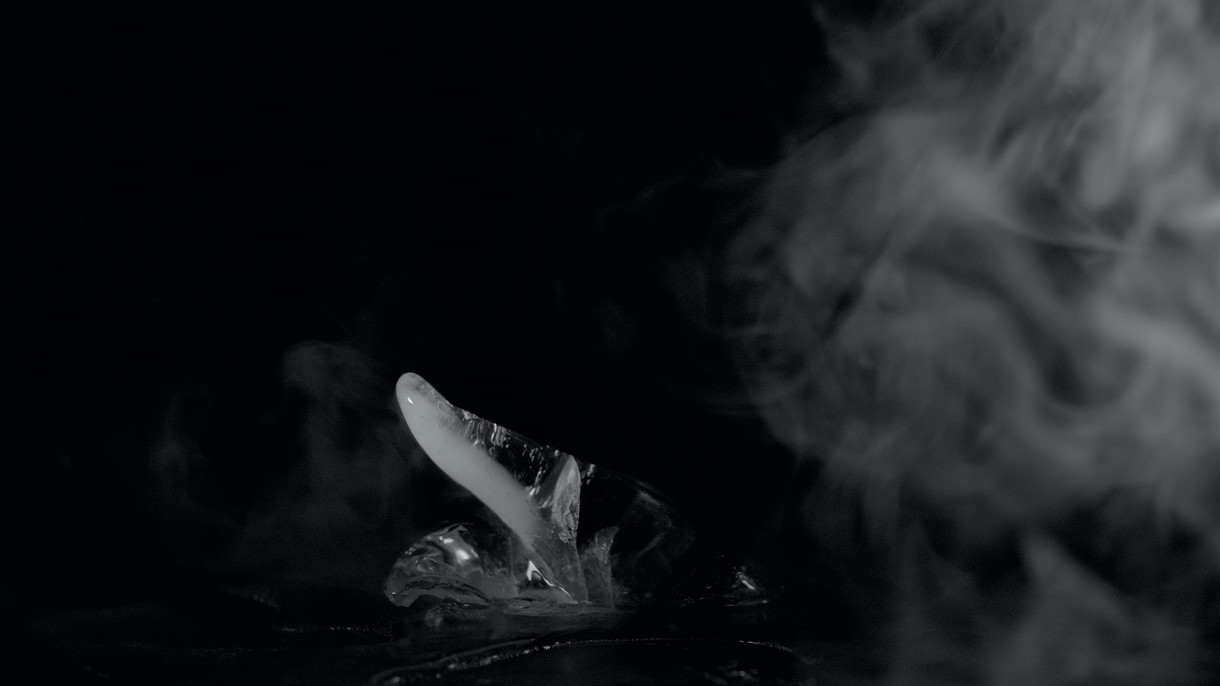
James Oram: By Spectral Hands
In the American psychological thriller Severance, the employees of Lumon Industries undergo a surgical procedure that separates their work and non-work memories. The uncanny plot unfolds into what feels like a terrifyingly accurate portrayal of the power that corporations exert over our lives, and the integration of the self into capitalism. In this fictional world Mark and his co-workers willingly join the corporation, blind to what it is they do as part of the Macrodata Refinement team. The series offers insight into how data has become a core part of capitalism, despite the over-abundance of information in a system founded on scarcity. Further, Severance’s data sorters must categorise and file the numbers that appear on their computer screens based on their emotional response to them, rather than applying logic, thereby integrating their feelings to the digital realm.
Commentary
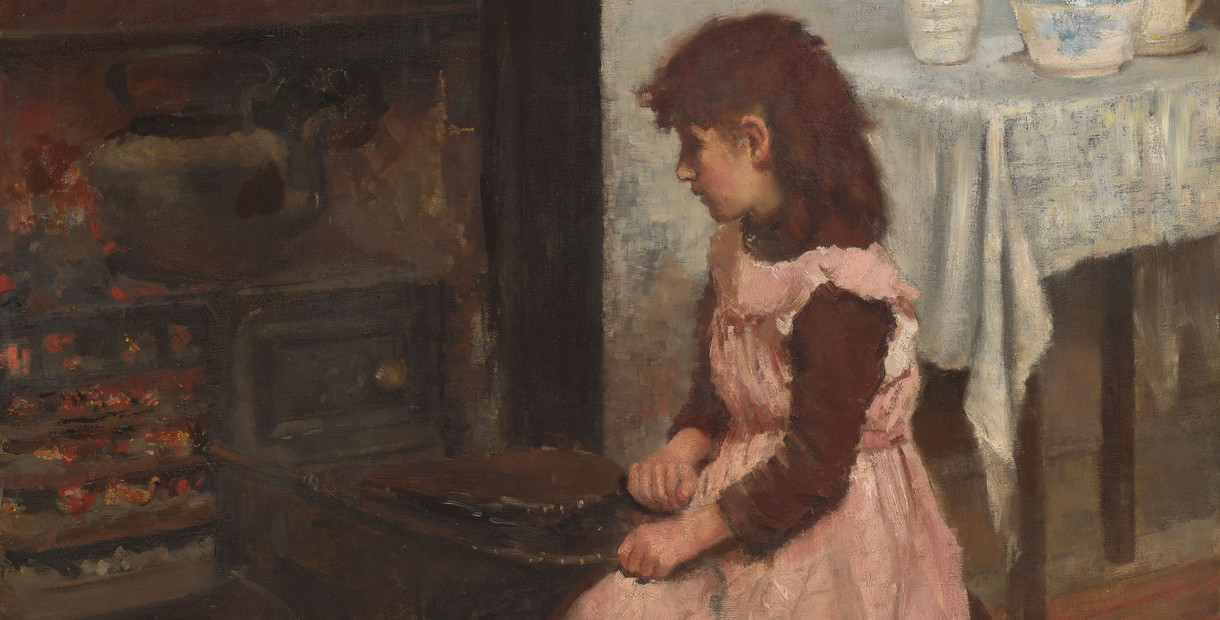
A Fireside Whodunnit
Father’s Tea entered the collection as an unexpected and welcome gift in 2020, together with a small portrait sketch and a larger interior scene by the same artist, both signed ‘EC’. Given by the granddaughter of artist Elizabeth Graham Chalmers (1870–1951), the paintings were old and well-travelled, needing the kind of care that galleries can provide. Father’s Tea also presented an intriguing puzzle around authorship, which has only recently been firmly re-established. As our research continued into 2021, local conservator Olivia Pitts undertook cleaning and repairs in preparation for its inclusion in the 2021–22 exhibition Leaving for Work. This included the removal of old varnish, infilling, and repainting areas of loss, and saw its strength vibrantly reinstated. Completing the restoration was the expert repair and re-gilding of the original ‘Watts profile’ frame by framing conservator Anne-Sophie Ninino.
Commentary
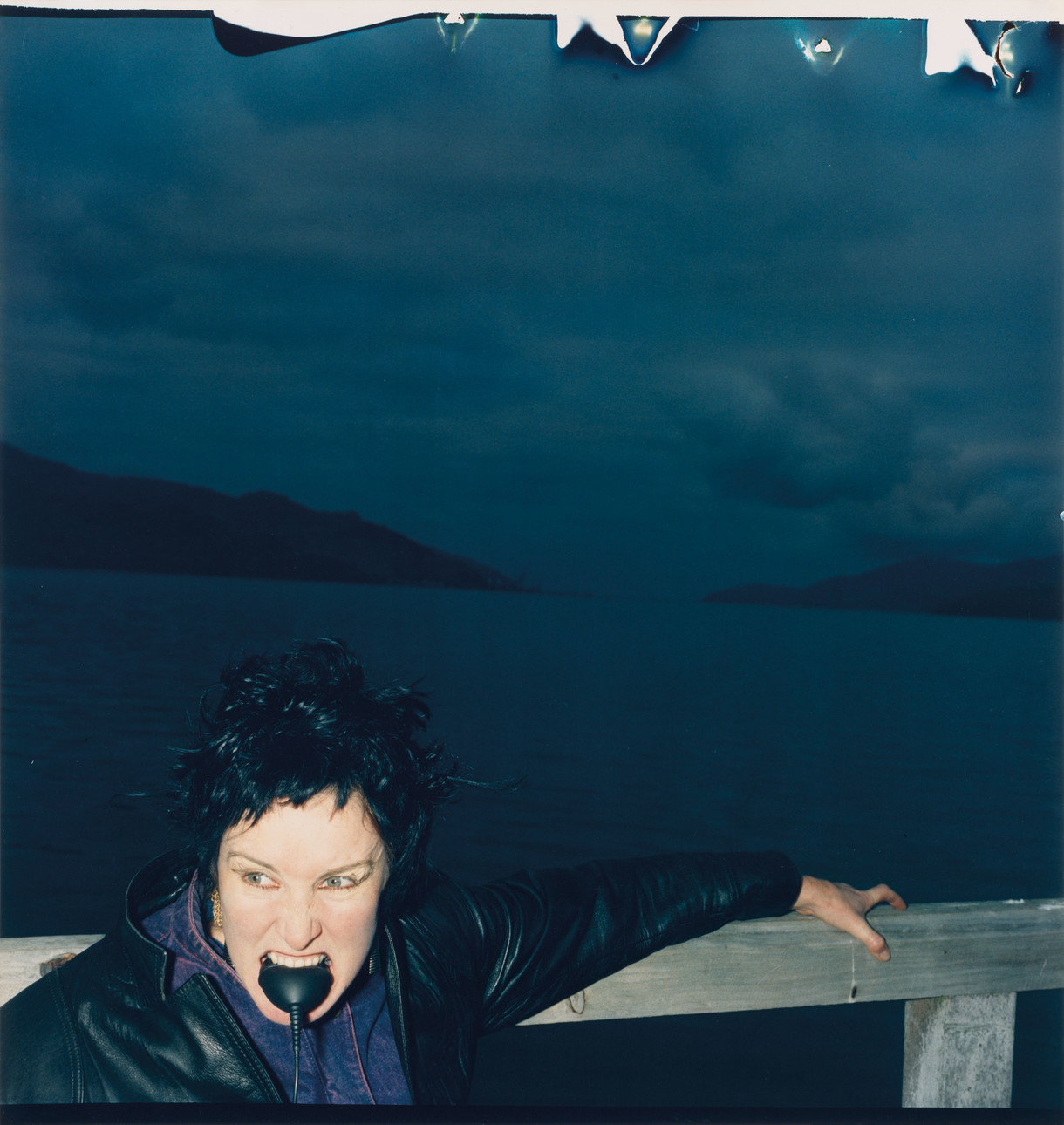
Mediating Reality
In the late 1980s, a significant shift for photography in Aotearoa New Zealand was identified in two art publications. The essays and images in these books showed how artists were utilising new strategies, breaking away from the prevailing documentary photography tradition that was, and still is, widespread in Aotearoa. Six Women Photographers (1986) was edited by artists Merylyn Tweedie and Rhondda Bosworth for Photoforum; and Imposing Narratives: Beyond the Documentary in Recent New Zealand Photography (1989) was the catalogue for an exhibition curated by Gregory Burke for City Gallery Wellington. The artists included in both publications questioned in various ways the assumptions and rules of image making, manipulating the media and making a political move from the standpoint of taking a photograph, to making one. No longer was a photograph considered a truthful representation of reality. Instead, photography was seen as a product of, and a participant in, current social and cultural values.
Commentary
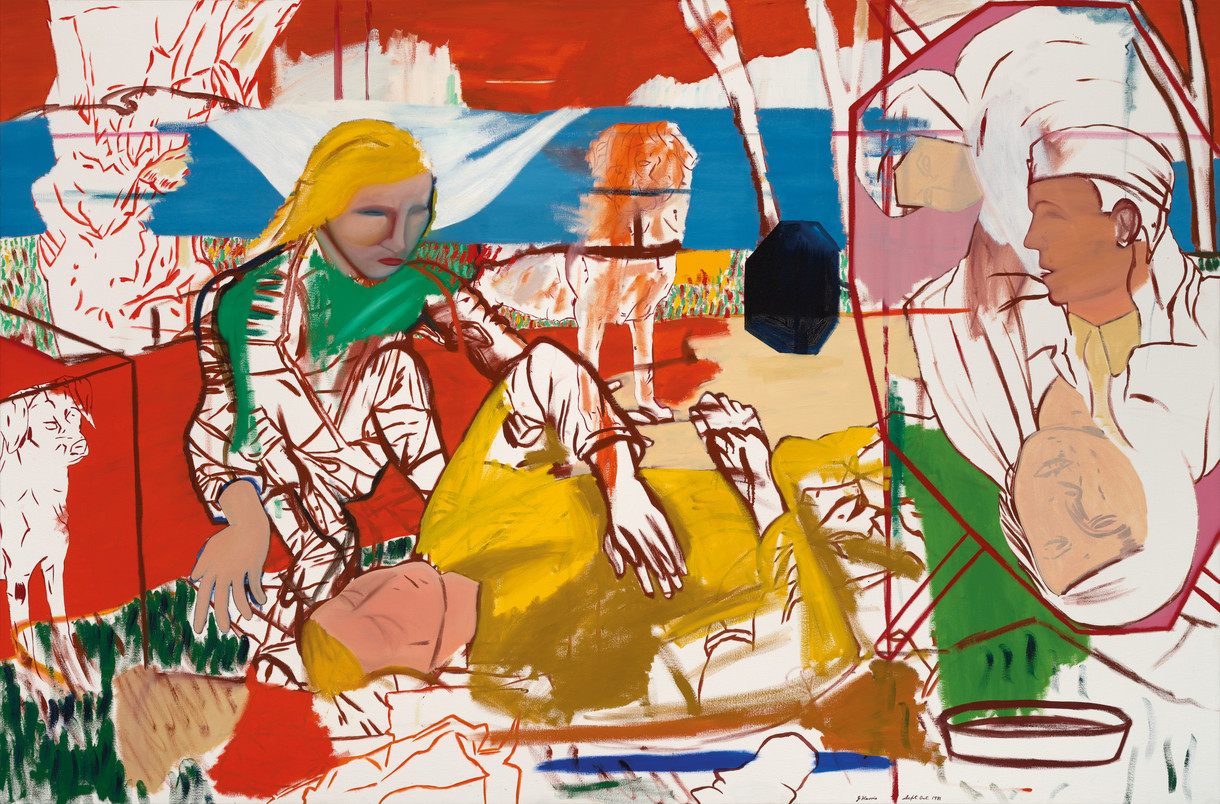
The Gift
"I was born in Akaroa and grew up on Banks Peninsula. My parents have a farm there. I went to high school in Rangiora, then worked in Christchurch for three years before going to Dunedin. I grew up in a fairly isolated environment. In my three years in Christchurch nothing really happened to me. There were no outward changes in my life. I had no friends there. I was quite alone – and I started to paint."
Commentary

Impasse after impasse
"Reinventions can be local, low-key, small scale and subtle in their specific effects."
Allan Smith, 1995
Among the selection of paintings that make up Delirium Crossing, Barbara Tuck’s Iris Gate stands apart. Painted in 1999, it is the earliest work in the show. Rather than the single square paintings that follow, this is a set of six rectangular canvases. Though small in scale, they are notable for their gestural vigour and looseness, their coloured grounds looking stubbornly like painted surfaces upon which figural elements float like collage fragments. No airy atmospherics, vertiginous perspectives, intricate tracery: ‘landscape’ has yet to appear. Equally, recalling earlier works, Iris Gate departs from the shaped, multipart, laser-cut aluminium paintings for which the artist became known in the early 1990s. Against the flow of art history, it marks a return to convention, in both format and facture, a backwards move to rectilinearity and the brush.
Commentary
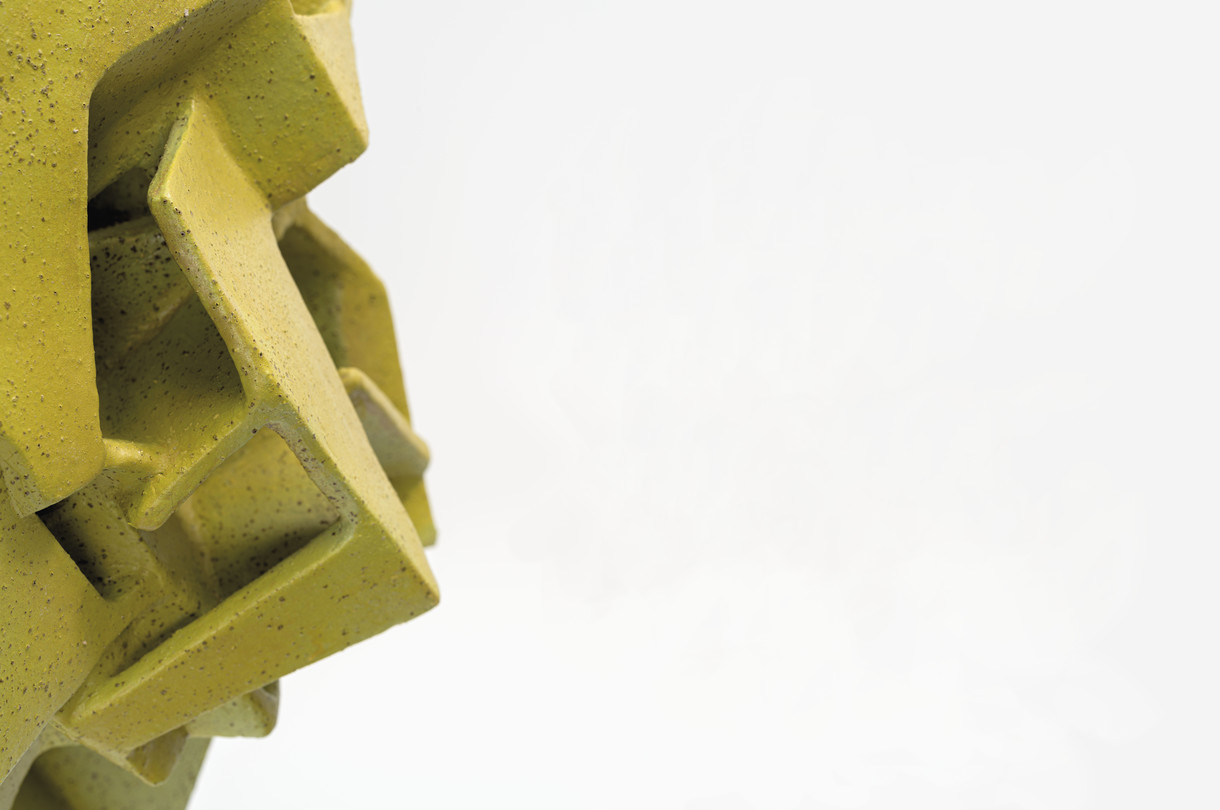
Improvising Protection
It is mid-winter, and Cheryl Lucas is making work right down to the wire. The survey Shaped by Schist and Scoria opens at the end of August, and she has been working without a break since being awarded the Creative New Zealand Craft/Object Fellowship in 2019. This timespan, which will be inevitably thought of as the start of the Covid years, saw Lucas develop a new body of work that responded to a deep need, personal and societal, for protection while continuing to take risks. Protection from contagions, from financial hardship, food insecurity, the cost of living, global warming, economic recession and the violence that invariably attends disasters, big and small. Protection from whatever is coming at you. But not to deflect it, to integrate it, to use it as fuel. Grist to the mill.
Commentary
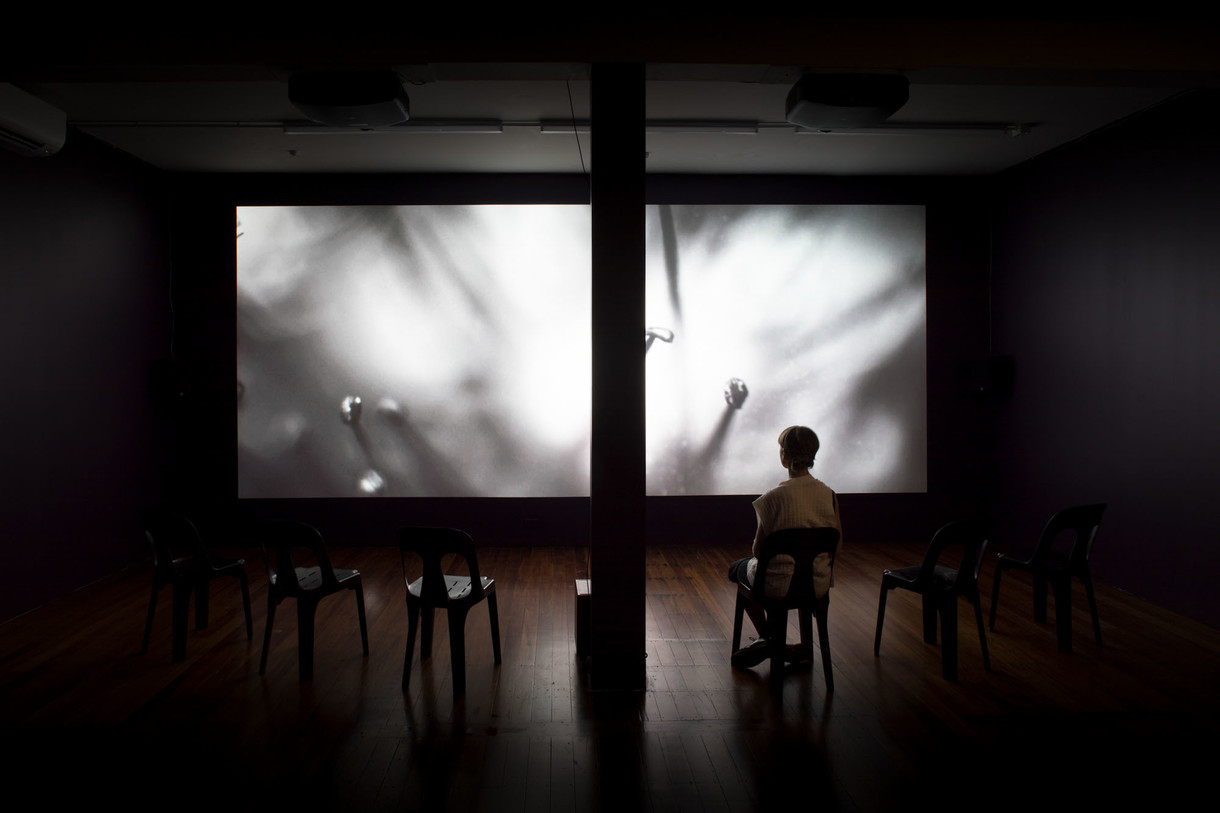
Te Whakawhitinga
Te Whakawhitinga is a haerenga, a journey. It is not a long film, approximately eleven minutes total, but the geography it covers stretches from Te Tai Tōkerau in the North to Ōtautahi in Te Waipounamu; from early adulthood to old age; and from the time of Te Pākanga Tuarua o te Ao, World War II, to the present. Te Whakawhitinga follows this narrative like a stone skimming across water: touching down at points, at others flying across space-time with the momentum of recall.
Commentary
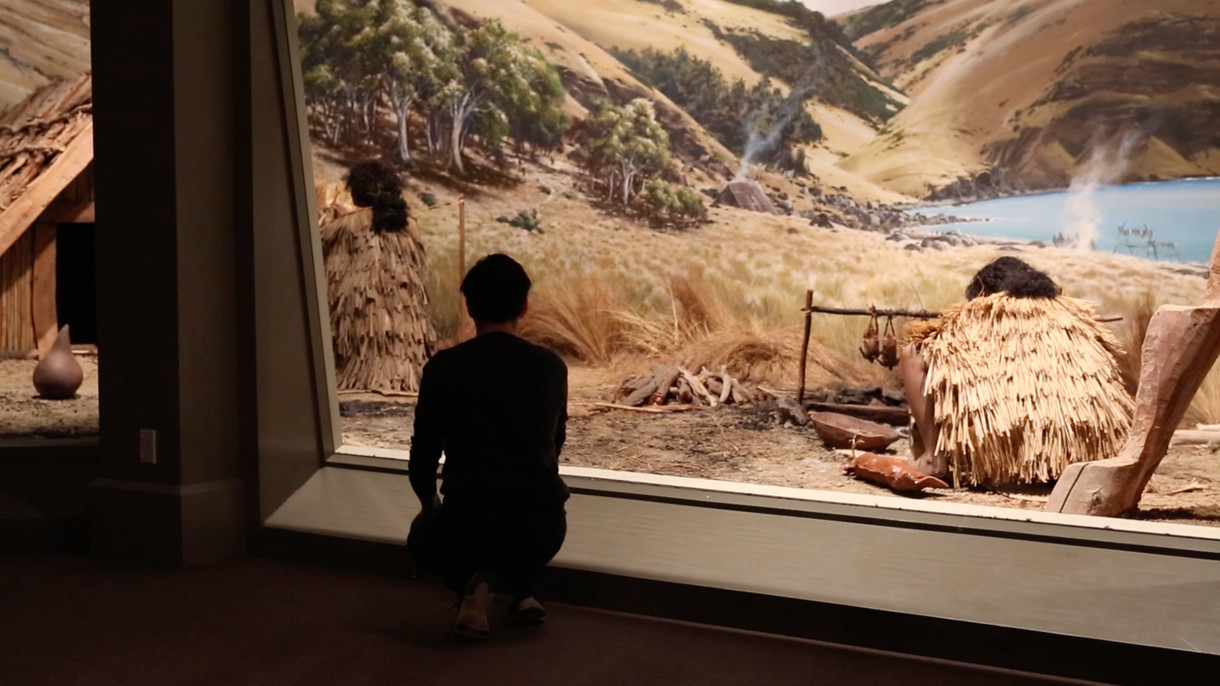
Ka Mua Ka Muri
Our histories are always with us, but who is telling the story? The Gallery’s new collection hang, Perilous: Unheard Stories from the Collection offers up a range of different perspectives on how the past and future might intersect, and invites us to rethink how we commonly see our heritage. Here, the exhibition’s curators have each selected a work from the exhibition for a closer look.
Commentary

A Gathering Gravity
My encounters with Grant Lingard’s works have been few and fleeting. My information derives largely from the archive. The show has yet to open and I know only the title. But I am deep in speculation about what it will bring.






